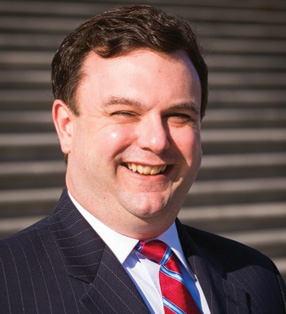 WASHINGTON – HME industry stakeholders and their champions in Congress are close to finalizing legislative language to provide reimbursement relief.
WASHINGTON – HME industry stakeholders and their champions in Congress are close to finalizing legislative language to provide reimbursement relief.
AAHomecare’s Jay Witter had a meeting scheduled on Jan. 14 with the staff of Rep. Markwayne Mullin, R.-Okla., who will take the lead on the legislation.
“We’re meeting for final approval, changes or (to address) any questions, but we’re hoping to wrap the legislation up quickly and get it introduced in the very near future,” said Witter, senior vice president of public policy for the association. “We’ve worked for months to hammer out the language. I get the sense they want to get this moving in the next several weeks and get it attached to something moving in the spring.”
When CMS released the long-awaited DMEPOS Final Rule in December, that checked off a box for many lawmakers who were waiting to move forward. The rule makes permanent the 50/50 blended reimbursement rates in rural areas but failed to provide relief in other areas.
CMS believes annual Consumer Price Index adjustments are the best way to increase reimbursement rates, but that’s not enough, says Tom Ryan, president and CEO of AAHomecare, not when costs are astronomical due to the pandemic and supply chain constraints. The most recent CPI adjustments for 2022, released in December, ranged from 5% for competitive bid items in former CBAs to 5.4% for bid items in non-CBAs. Typically, they range from 1% to 3%.
“When we have 10% cost increases and $75 surcharges (it’s not enough),” he said. “Providers are feeling the pain. Every time there’s a price increase, I hear from them.”
Lawmakers are also supportive of the possibility of moving forward with an extension of the Cares Act, which extends the 50/50 blended rate to rural areas and establishes a new 75/25 rate for non-rural, non-bid areas during the public health emergency, Witter says.
“They are very interested in extending the Cares relief and it looks like the Senate Finance Committee will be starting those discussions when we have a better sense about when the public health emergency will end,” he said.
With the goodwill that the industry has built during the nearly two years of the pandemic, lawmakers are receptive to the industry’s concerns, says John Gallagher.
“Who is getting those patients out of the hospital,” said Gallaher, vice president of government relations for VGM. “(With the need for personal protective equipment) all the things stacked up against providers they lost money and they still took care of those patients.”